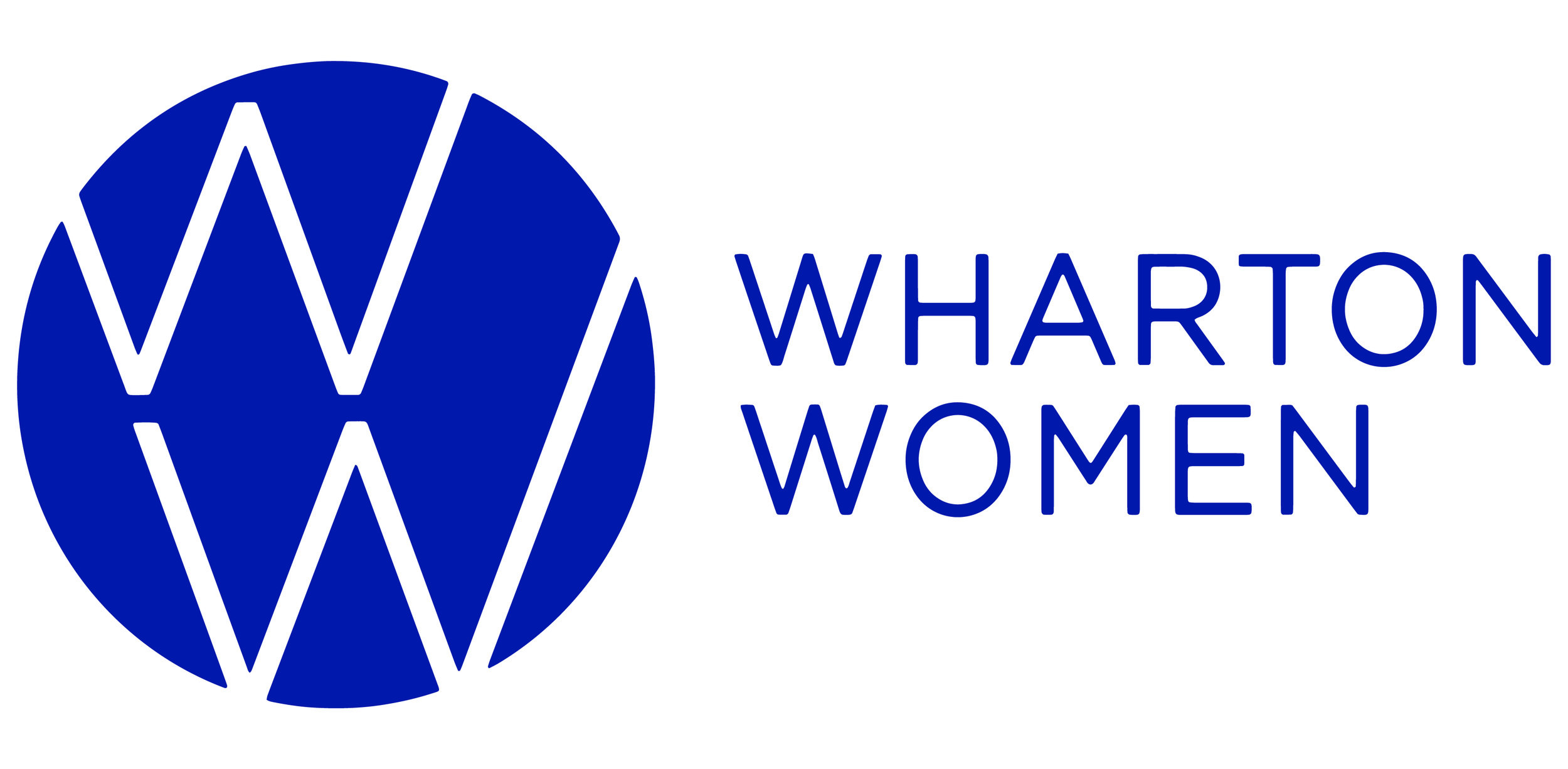Runway Returns: How Luxury Fashion Brands Outperform in the Stock Market
Written by Nina Rawal (C ‘27); Edited by Uma Mukhopadhyay (C ‘28)
When we think of luxury fashion, images of glamorous runway shows, designer handbags, and exclusive boutiques often come to mind. But behind the glitz and glam, luxury fashion brands represent a compelling opportunity for investors seeking reliable and lucrative returns. In the volatile world of the stock market, brands like LVMH, Hermès, and Chanel have established themselves as resilient powerhouses, consistently outperforming many sectors, even in turbulent economic times. So, what makes these fashion giants so appealing to investors, and how do they manage to deliver steady returns?
The Brand Power of Storytelling
Luxury fashion brands have mastered the art of storytelling. They don’t just sell products; they sell experiences, heritage, and identity. This powerful branding creates deep emotional connections with consumers, fostering long-term loyalty. Hermès, for example, emphasizes its artisanal craftsmanship and storied history dating back to 1837, creating a narrative that justifies its high price points and cultivates an aura of exclusivity. This strong brand identity ensures customer retention and continued demand, which in turn supports steady revenue growth for investors.
The Allure of Timelessness and Exclusivity
One of the key factors driving the success of luxury fashion brands is their ability to maintain timeless appeal. Unlike fast fashion brands, which churn out seasonal trends that quickly lose value, luxury brands focus on creating products with lasting desirability. An Hermès Birkin bag, for instance, not only retains its value but often appreciates over time due to its rarity and craftsmanship. This enduring demand translates into consistent sales, even during economic downturns, making luxury brands less vulnerable to market fluctuations.
Exclusivity, particularly, plays a significant role in building demand. Luxury fashion houses limit the availability of their products, creating a sense of scarcity that keeps demand high. This strategy allows them to maintain high price points without flooding the market, ensuring robust profit margins that appeal to investors.
Resilience in Times of Crisis
The COVID-19 pandemic presented a stark contrast between the performance of luxury brands and other retail sectors. While some fashion companies struggled with store closures and declining sales, the luxury sector remained resilient. Brands like LVMH and Hermès not only weathered the storm but saw their stocks rise as they quickly pivoted to an emphasis on e-commerce and maintained connections with their loyal, high-net-worth customers. For instance, LVMH’s share price rose by nearly 25% in 2020, reflecting investors’ confidence in the brand's adaptability and strength.
It’s important to acknowledge the role of the global wealth gap in this context. Wealthier consumers, who are less affected by economic downturns, can continue to spend on luxury goods. This consistent consumer base provides stability for brands and investors alike, making luxury fashion stocks less volatile and more attractive during crises.
Global Expansion and Market Penetration
Luxury fashion brands have aggressively expanded their presence in global markets, particularly in Asia. China, for example, has become one of the largest markets for luxury goods, driven by a growing middle class and an increasing appetite for high-end fashion. According to Bain & Company, China is expected to account for approximately 40% of the global luxury market by 2030. Brands like Gucci, Louis Vuitton, and Chanel have capitalized on this trend, opening flagship stores and tailoring marketing campaigns to appeal to this lucrative demographic.
For investors, international growth is a significant factor in the strong performance of luxury fashion stocks. As these brands penetrate new markets, they unlock additional revenue streams and reduce their reliance on any single geographic region, further solidifying their long-term value proposition.
Mergers and Acquisitions Synergies
The luxury sector has seen a wave of mergers and acquisitions in recent years, as conglomerates seek to consolidate their market positions and diversify their portfolios. LVMH’s acquisition of Tiffany & Co. for $15.8 billion in 2021 is a prime example. The move not only added a prestigious jewelry brand to LVMH’s portfolio but also expanded its presence in the U.S. market. These strategic acquisitions allow luxury conglomerates to achieve synergies, streamline operations, and strengthen their market dominance—all of which are highly appealing to investors looking for stable, diversified returns.
The Financials: What the Numbers Say
Let’s take a look at the numbers to understand how luxury fashion stocks have outperformed the broader market. Over the past decade, Hermés, with its stock appreciating by around 30% annually, significantly outpaced the average return of the S&P 500, which sits around 13%. These companies boast strong profit margins, driven by their ability to command high prices for their products and maintain cost efficiencies through vertical integration and supply chain control.
In 2023, LVMH’s market capitalization surpassed $500 billion, making it the first European company to reach such heights. With steady revenue growth, rising dividends, and a bullish outlook from analysts, luxury fashion stocks have proven themselves to be robust investments, even in challenging market conditions.
Overall, luxury fashion brands represent a unique intersection of consumer culture, craftsmanship, and financial acumen. For investors, the appeal lies in their ability to combine exclusivity with resilience, delivering steady returns even in volatile markets. As global demand for high-end fashion continues to grow, especially in emerging markets, the outlook for luxury brands remains bright.
While the high price of entry into luxury stocks may seem daunting, the long-term gains have proven to be well worth the investment. In a world where trends come and go, luxury fashion remains a timeless and lucrative option for investors looking for both stability and growth. After all, just as a Chanel handbag never goes out of style, neither does the opportunity to profit from these industry titans.
